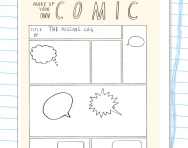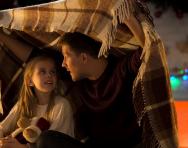Storytelling ideas for Key Stage 2
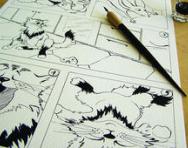
In Key Stage 2 you can try to find alternative ways of encouraging your child’s storytelling skills. Approach storytelling from different perspectives, such as comic books or film adaptations.
Activity 1: Write your own comic story
Between the ages of seven and 11, most children become a fan of characters such as Dr Who, Batman, and Luke Skywalker, or become devoted to a hobby like ballet or hockey or cup-stacking. Why not encourage them to make their own comic based on their interest?
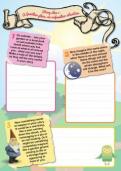
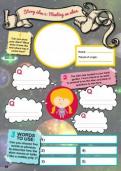
Download a FREE Creative Writing toolkit!
- KS1 & KS2 workbooks
- Bursting with fill-in prompt sheets and inspiring ideas
- Story structure tips, style guides and editing suggestions
This will require a child to utilise a wide range of literacy skills – presentation, writing, creating stories, organising ideas into a coherent structure using layout, sections and paragraphs. It will also challenge them to develop the different types of material found within a comic - stories, letters, pictures, advertisements, and competitions.
What style should you use to tell your story? Should it be a cartoon style with script underneath or in speech bubbles? Should the stories be in plain writing with some illustrations around the edges?
Also encourage your children to think about the type of script being used. The Key Stage 2 curriculum encourages children to investigate different ones – bold, italic and underlined. What type of script should be used for the title? Should advertisements use a different script?
They can read some comics and analyse what goes into magazines to get inspired. Once they have their material prepared, it could even be scanned into a computer and given professional touches, such as adding photographs.
When the project is complete, it can be passed around the family to read. Maybe your child will decide to make up several issues!
Activity 2: Create your own ‘Horrid’ story
You could encourage children to make up a ‘Horrid History’ or ‘Horrid Science’ style story of their own. The fun (but informative) style of these books has great appeal to youngsters. Let them research an appropriate story in books and on the internet. They can choose something that they want to find out more about. The story needs to be interesting, quirky and offer insights into the subject matter.
This activity will involve the development of note taking skills rather than simply copying down information. Using their notes, they can then go away and write it using the type of language and sentence structure to be found in the ‘Horrid History’ books, complete with black and white line drawings.
Such a task fits perfectly with the national curriculum’s requirements on understanding and interpreting texts. Children are required to make notes about main parts of the text, identify how texts are organised, and explore how different texts appeal to readers using varied sentence structure and descriptive language.
Activity 3: Creating riddles
Another fun task is to make up riddles. It’s a good way of exploring language by thinking, finding and putting to use new words. So encourage children to make up their own riddles to which you have to guess the answer. It doesn’t have to be complex – just simple ones, such as “What is blue and over your head?” (answer being the sky) will serve to stretch their imaginations.
Activity 4: Become a story-teller and performer
One of the great joys of writing your own story or poem is bringing it to life in front of an audience, seeing their reaction and basking in their applause! Encourage your child to present their work to you on a "stage" and settle in to enjoy their show!

Give your child a headstart
- FREE articles & expert information
- FREE resources & activities
- FREE homework help



